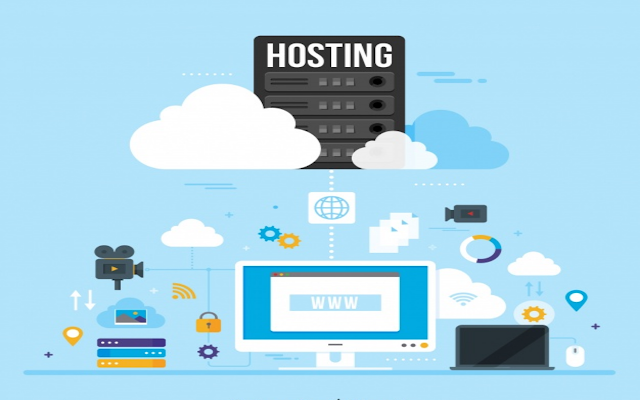WordPress is a popular and versatile content management system that powers a large percentage of websites on the internet. Whether you're looking to start a blog, create an online store, or build a portfolio site, WordPress is an excellent choice for beginners. In this article, we will guide you through the process of learning to use WordPress.
.png) |
| Learning to use WordPress For beginners |
1. Choose a hosting provider and domain name
 |
| Choose a hosting provider and domain name |
Before you start using WordPress, you'll need to choose a hosting provider and domain name. A hosting provider is a company that provides the server space to store your website files, while a domain name is the address that people use to access your website. There are many excellent hosting providers, and most of them offer one-click installations of WordPress.
2. Install WordPress
.jpeg) |
| Install WordPress |
Once you've chosen a hosting provider, you can install WordPress on your server. This process is usually straightforward and only takes a few minutes. Many hosting providers offer one-click installations, where WordPress is automatically installed for you.
3. Learn the WordPress dashboard
Once you've installed Wo
.jpeg) |
| Learn the WordPress dashboard |
rdPress, you can access your website's dashboard by navigating to yourdomain.com/wp-admin. The dashboard is where you manage your website, add new content, and customize your site's theme and settings. Take some time to explore the dashboard and familiarize yourself with its different sections.
4. Customize your site's appearance
.jpeg) |
| Customize your site's appearance |
WordPress offers a wide range of themes that you can use to customize your site's appearance. Themes control how your site looks and how your content is displayed. You can browse thousands of free and paid themes on the WordPress repository or third-party marketplaces like ThemeForest. Once you've chosen a theme, you can easily install and activate it from your dashboard.
5. Install plugins
.jpeg) |
| Install plugins |
Plugins add additional functionality to your WordPress site. There are thousands of free and paid plugins available on the WordPress repository and third-party marketplaces. Some popular plugins include Yoast SEO for search engine optimization, Contact Form 7 for creating contact forms, and Jetpack for site performance and security enhancements.
6. Add content to your site
.jpeg) |
| Add content to your site |
Finally, you can start adding content to your site. WordPress makes it easy to create and publish blog posts, pages, and other content types. You can use the editor to format your content, add images and videos, and customize your content's appearance.
In conclusion, these are just a few of the steps you need to take to learn to use WordPress as a beginner. WordPress is a powerful tool for building websites, and with a little practice, you can create and manage a beautiful and functional site.

0 Comments